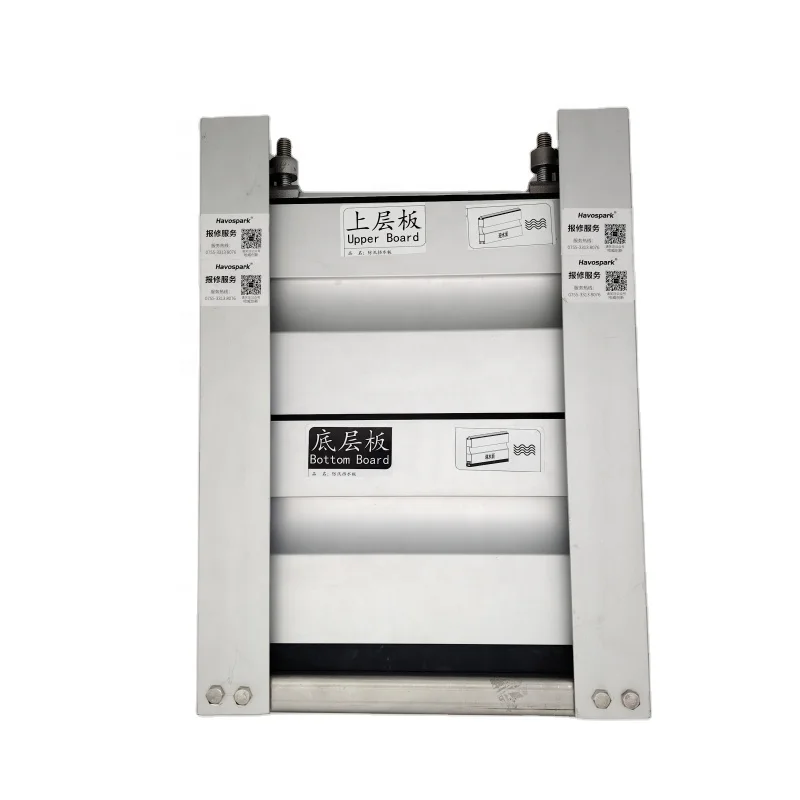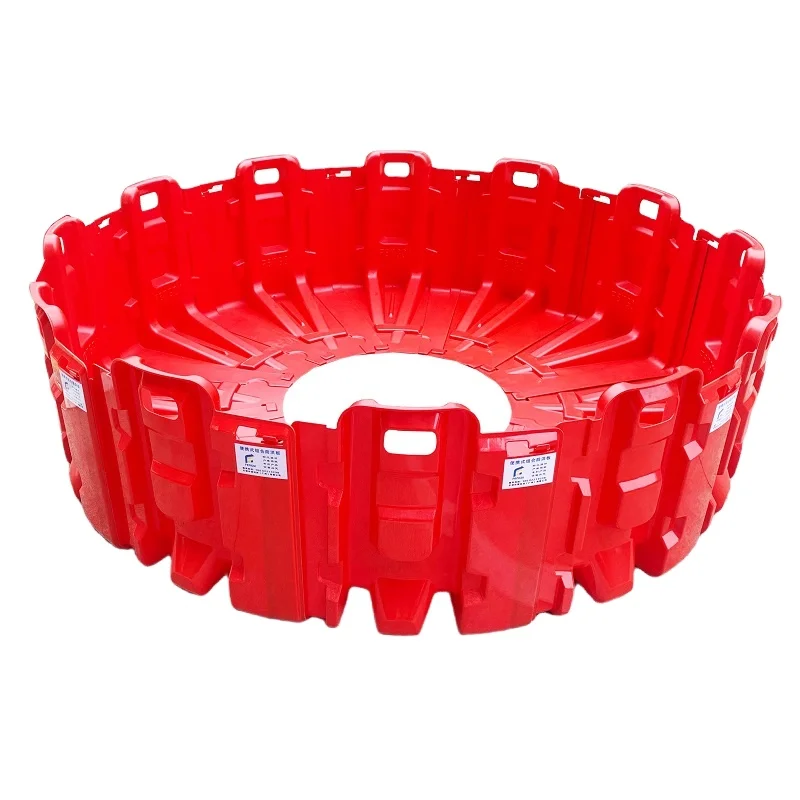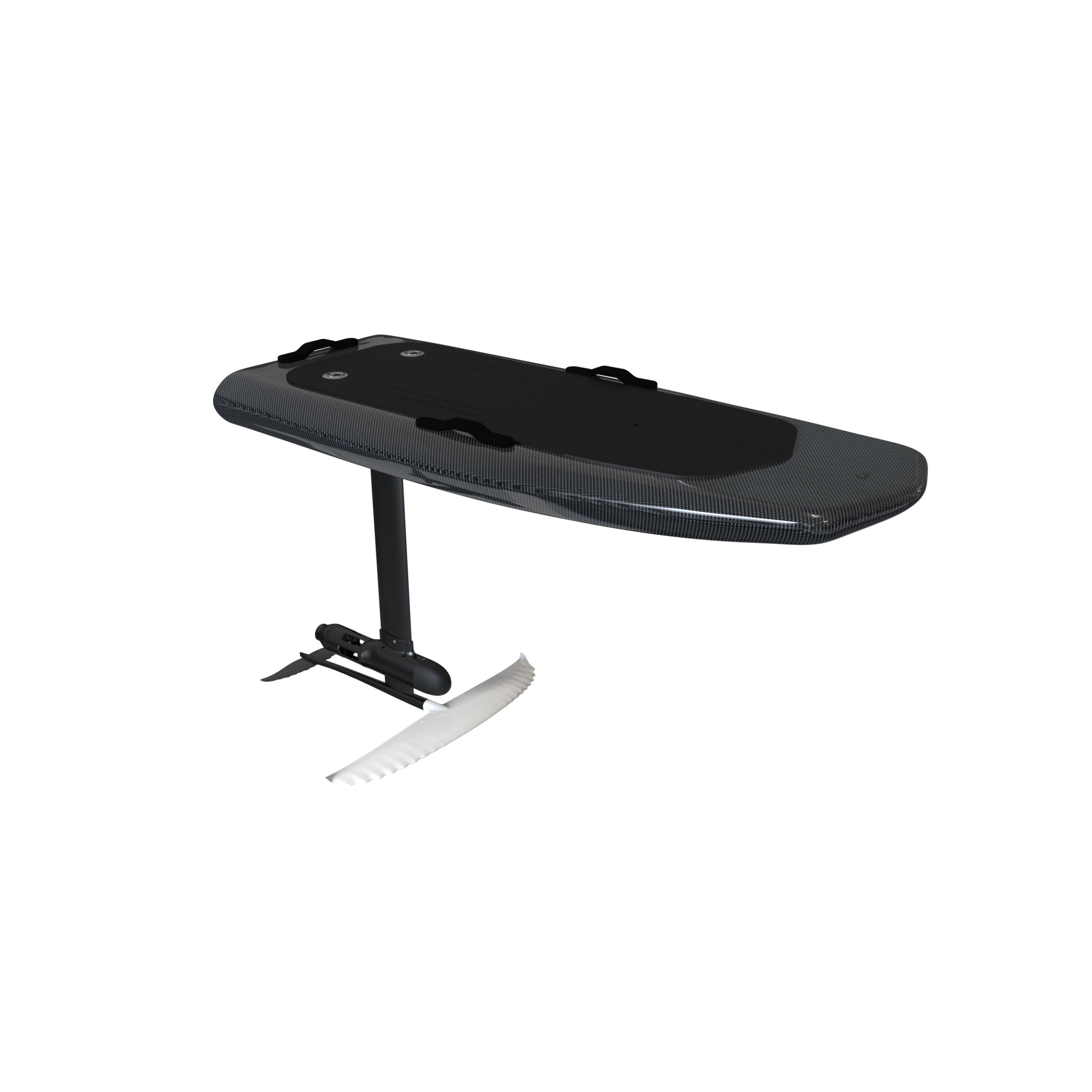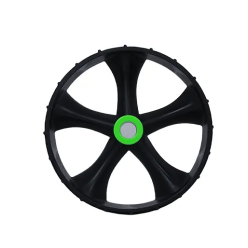Modern Flood Control Infrastructure Innovations
Technological Evolution in Barrier Systems
Flood barriers have made significant strides over the years, moving from basic sandbags and levees to highly sophisticated systems that utilize real-time data and predictive analytics for enhanced functionality. Historically, flood prevention relied heavily on static structures, but today, we see an integration of technology that allows for dynamic responses to potential flood threats. Modern advancements include moveable flood barriers that can be positioned based on real-time water level data, and multi-functional barriers that not only prevent floods but can also serve as public spaces or transportation routes during non-flood periods.
Recent technological innovations have significantly amplified the efficiency of flood barriers. For instance, in Venice, Italy, the MOSE project involves a system of moveable barriers designed to protect the city from rising sea levels, showcasing the practical application of these technologies. Statistics have shown that such modern barriers are effectively minimizing flood damage; for instance, case studies from the Netherlands have indicated a 90% reduction in flood incidents in areas equipped with digital monitoring systems. These case studies underscore the critical role that technology now plays in flood management, making communities safer and more resilient.
Material Advancements for Enhanced Durability
The materials used in flood control have evolved dramatically, with cutting-edge options like reinforced concrete, synthetic composites, and eco-friendly alternatives setting a new standard for durability and efficiency. These innovative materials are engineered to withstand extreme environmental conditions, reducing the likelihood of failure during critical periods. Reinforced concrete, for example, provides the structural integrity needed for long-standing barrier systems, while synthetic composites offer flexibility and resistance to degradation over time.
Experts in material science indicate that the latest materials contribute significantly to the longevity and sturdiness of flood control structures. Research has shown that these modern materials not only enhance safety but also reduce maintenance costs. According to a study in the Journal of Sustainable Water Management, using advanced materials in flood infrastructure reduces maintenance expenditures by up to 30%, making it a financially viable investment for both governments and private sectors. The adoption of these materials not only optimizes the safety of flood-prone areas but also underscores the shift towards more sustainable and cost-effective flood management solutions.
Smart Integration in Flood Defense Systems
IoT-Enabled Monitoring Solutions
The Internet of Things (IoT) has revolutionized flood monitoring by enabling real-time data collection from sensors strategically placed in flood-prone areas. These IoT sensors measure various parameters such as water levels, flow rates, and precipitation, providing essential data to forecast potential flood events. Through predictive analytics, these systems can accurately model flood scenarios, allowing communities to prepare well in advance. For instance, cities like Miami and Venice have implemented IoT systems that significantly improved response times and optimized resource allocation during recent flood incidents. These advancements demonstrate how IoT and predictive analytics can transform flood monitoring into a proactive defense system, thereby enhancing safety and community resilience.
Automated Response Mechanisms
Automation in flood response systems has proven to be a game-changer, effectively minimizing human errors through advanced technologies such as automated gates and drainage systems. These systems operate based on real-time water level data, ensuring timely protective measures. Additionally, innovations in artificial intelligence (AI) have facilitated faster decision-making in crucial flood events. For example, municipalities in the Netherlands have integrated AI-driven controls into their flood management systems, enabling efficient operations and safeguarding public safety. The outcomes reported by these municipalities include increased efficiency and enhanced public safety, illustrating the substantial impact of automated response mechanisms in modern flood defense frameworks.
Hoverstar's Engineering Breakthroughs in Flood Management
Door Entrance Flood Control Plate Safety Barrier
Hoverstar's innovative door entrance flood control plate stands out for its unique design and safety features, ensuring effective flood management at entry points. This barrier is engineered for easy installation, providing a seamless integration into both residential and commercial settings. The product has undergone extensive real-world testing, receiving positive feedback from users who praise its efficiency in preventing water ingress during floods. Many users highlight its ease of handling as compared to traditional sandbag barriers, marking a significant advance in door safety. Performance metrics consistently show substantial improvements in flooding prevention, with the Hoverstar flood control plate proving more reliable under extreme conditions than older methods.
Factory Flood Control Panel Box Wall System
The Factory Flood Control Panel Box Wall System by Hoverstar is a groundbreaking solution tailored for industrial environments prone to flooding. This system offers robust protection by seamlessly integrating into various factory settings, providing scalable options that accommodate diverse industrial needs. Its adaptability is a standout feature, enabling easy incorporation with existing safety protocols, making it a vital asset in flood management for factories. Industries that have employed this system report significant reductions in flood-related losses, lauding its capability to minimize operational disruptions during severe weather events. Testimonials from these firms emphasize not only the structural fortitude it adds but also the peace of mind gained from its reliable performance.
Implementation Strategies for Urban Flood Resilience
Modular Deployment Techniques
Modular deployment techniques have revolutionized flood management in urban environments by offering flexibility and rapid adaptability to changing conditions. This approach involves implementing flood control measures that can be quickly rearranged or expanded based on immediate environmental needs. Successful case studies, like those in Venice and Rotterdam, showcase how modular flood systems have significantly reduced flood impacts. For example, in Rotterdam, modular barriers helped the city manage unexpected surge events while maintaining urban functionality. These techniques cater to adaptive management, allowing cities to respond swiftly to emerging threats and reduce potential damage.
Maintenance Protocols for Long-Term Performance
To achieve longevity and operational effectiveness, maintaining flood infrastructure requires adherence to best practices. Regular inspections and timely updates are crucial, as they ensure the infrastructure remains responsive to technological advances and environmental changes. Experts recommend an annual review of assets, which aligns with technological updates, to prevent obsolescence. Statistics reveal that sustained maintenance practices help save up to 30% in costs compared to infrastructure neglected over the long term. By committing to regular upkeep, urban areas can enhance their flood resilience and minimize repair expenses, thus safeguarding communities against flooding events.









 Hot News
Hot News
